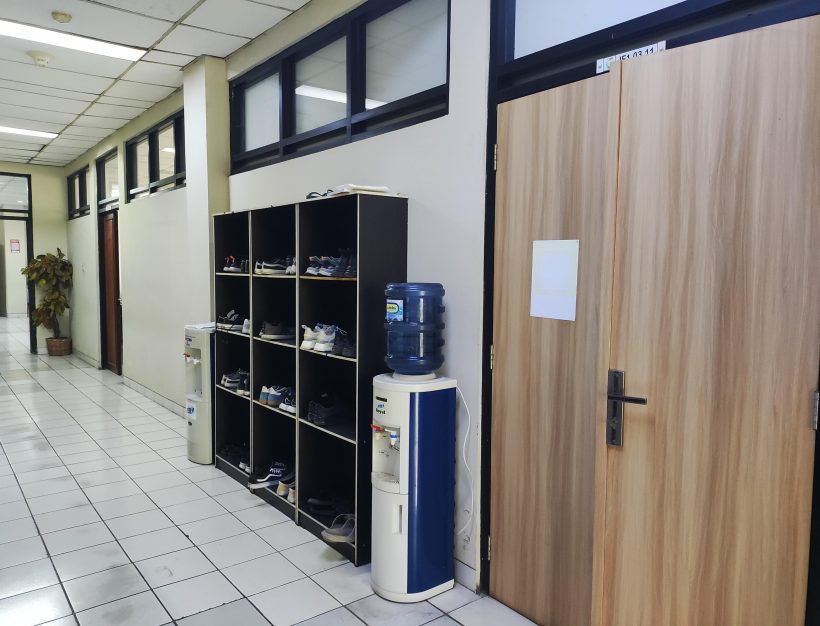As an institution committed to sustainability, Telkom University continues to innovate to create an environmentally friendly campus environment. One concrete step that has been taken is the provision of refillable water stations in several campus buildings. Although these facilities are not yet evenly distributed throughout the campus area, this effort is an important part of Telkom University’s efforts to reduce plastic waste and support the Green Campus movement.
Why are Refillable Water Stations Important at Telkom University?
In line with the spirit of sustainability, Telkom University is aware of the significant impact caused by the consumption of single-use plastic bottles. In Indonesia, plastic waste continues to increase, and campuses are one of the places where plastic bottles are often used in daily activities. By providing refillable water stations in several main buildings, such as the Panambulai Building, TULT Building, and other buildings, Telkom University wants to encourage all academics to reduce the use of plastic bottles and switch to tumblers or reusable drinking bottles.
With these facilities in strategic locations, students and staff can easily refill their tumblers. Although currently not available in all buildings, Telkom University continues to expand this facility to cover more campus areas.
Positive Impact on the Environment
Telkom University understands that small changes in everyday life can have a big impact on the environment. By providing refillable water stations in several campus buildings, the campus can reduce plastic waste from single-use water bottles. Every plastic bottle that is not used means that we have prevented the addition of waste that takes hundreds of years to decompose.
In addition, this initiative also helps reduce the carbon footprint. The production of plastic bottles requires a lot of energy, from raw materials to distribution. By reducing the consumption of plastic bottles, Telkom University contributes to reducing carbon emissions resulting from the process. This is a small step that can have a big impact in the long term.
Building an Environmentally Friendly Culture at Telkom University
As part of the Green Campus, Telkom University not only provides physical facilities, but also strives to form an awareness and environmentally friendly culture among students. The campus is the right place to form positive habits, and providing refillable water stations is a real step to educate students about the importance of protecting the environment.
The use of tumblers has now become a symbol of Telkom University’s commitment to sustainability. Every student who brings a tumbler and uses the refillable water facilities in campus buildings, indirectly, becomes an environmental ambassador. Through this step, Telkom University hopes to build collective awareness that protecting the environment is not only an individual’s responsibility, but a shared responsibility of the entire campus community.
Telkom University and a Sustainable Future
As a university that continues to innovate, Telkom University is committed to being a role model in the sustainability movement in Indonesia. Providing refillable water places is just one of the various initiatives that have been taken. With this facility in several campus buildings, it is hoped that every individual on campus can participate in protecting the environment, either through small steps such as refilling tumblers or participating in other green programs.
A sustainable campus is a vision that Telkom University pursues with enthusiasm. The Green Campus movement is not just a slogan, but a real action that is realized through various concrete steps, such as reducing plastic waste, efficient energy management, and sustainability education. These steps reflect Telkom University’s commitment to supporting a greener, cleaner, and more sustainable future for future generations.
By continuing to increase awareness and participation, Telkom University believes that small steps such as using refillable water stations can create big changes for the campus, community, and environment


Leave a Reply